Opuntia ID, please...
TT, zone 5b MA
12 years ago
Related Stories

HOUSEPLANTSMother-in-Law's Tongue: Surprisingly Easy to Please
This low-maintenance, high-impact houseplant fits in with any design and can clear the air, too
Full Story
HOME OFFICESQuiet, Please! How to Cut Noise Pollution at Home
Leaf blowers, trucks or noisy neighbors driving you berserk? These sound-reduction strategies can help you hush things up
Full Story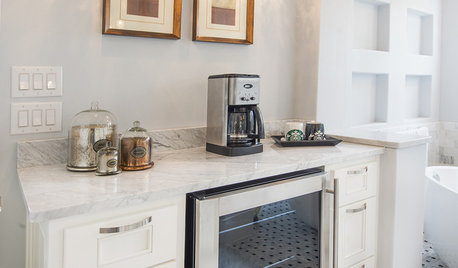
BATHROOM DESIGNUpload of the Day: A Mini Fridge in the Master Bathroom? Yes, Please!
Talk about convenience. Better yet, get it yourself after being inspired by this Texas bath
Full Story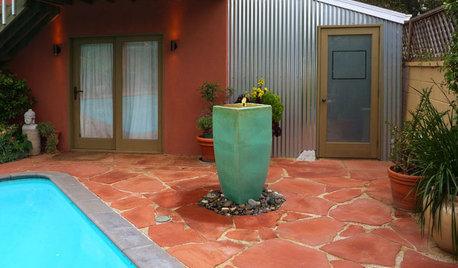
BEFORE AND AFTERSMore Room, Please: 5 Spectacularly Converted Garages
Design — and the desire for more space — turns humble garages into gracious living rooms
Full Story
TILEMoor Tile, Please!
Add an exotic touch with Moroccan tiles in everything from intricate patterns and rich colors to subtle, luminous neutrals
Full Story
DECORATING GUIDESPlease Touch: Texture Makes Rooms Spring to Life
Great design stimulates all the senses, including touch. Check out these great uses of texture, then let your fingers do the walking
Full Story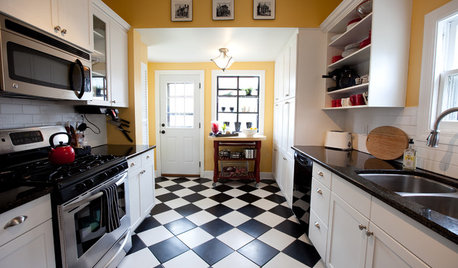
FLOORSChecks, Please! 13 Choices for Checkered Floors
Checkerboard Patterns Go From Casual to Ritzy, From Marble to Grass
Full Story
DECORATING GUIDES10 Bedroom Design Ideas to Please Him and Her
Blend colors and styles to create a harmonious sanctuary for two, using these examples and tips
Full Story
HOUZZ TOURSHouzz Tour: A Neutral Palette Pleases By the Sea
Designer Phoebe Howard creates earth-toned elegance for a family's Florida beach getaway
Full Story






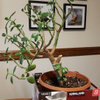
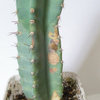
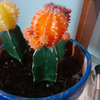
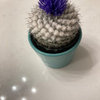
lzrddr
TT, zone 5b MAOriginal Author
Related Professionals
Surprise Landscape Architects & Landscape Designers · Cudahy Landscape Contractors · East Lake-Orient Park Landscape Contractors · Fridley Landscape Contractors · Harrisburg Landscape Contractors · Ponte Vedra Beach Landscape Contractors · Markham Landscape Contractors · Markham General Contractors · Vermillion General Contractors · Watertown General Contractors · Security-Widefield General Contractors · Frankfort Carpenters · Glendale Heights Carpenters · Northbrook Decks, Patios & Outdoor Enclosures · South Miami Heights Decks, Patios & Outdoor EnclosuresTT, zone 5b MAOriginal Author
wantonamara Z8 CenTex
TT, zone 5b MAOriginal Author
wantonamara Z8 CenTex
TT, zone 5b MAOriginal Author
cactusgarden
TT, zone 5b MAOriginal Author
wantonamara Z8 CenTex
juliebees2009
wantonamara Z8 CenTex
juliebees2009
range_roser